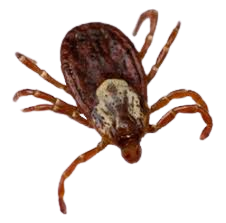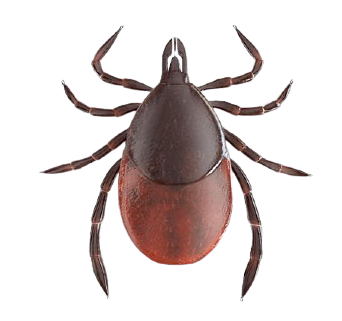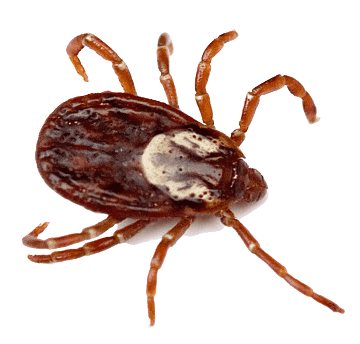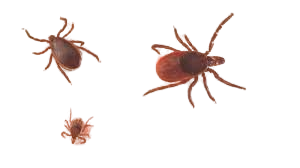Your Guide to Safely & Correctly Removing Ticks
Check out this clip!
Your ultimate resource for learning how to safely remove ticks and protect yourself from tick-borne infections and Lyme disease. Ticks are tiny arachnids that can transmit harmful diseases, such as Lyme disease and infections, when they bite. Understanding the proper techniques for tick removal is essential to minimize the risk of infection. With our expert guidance and easy-to-follow instructions, you’ll be equipped to tackle ticks safely and confidently.
Ticks are not just pesky insects; they pose significant health risks. These tiny arachnids can transmit Lyme disease, a potentially debilitating illness that affects the nervous system, joints, and heart. Early symptoms may include fatigue, fever, and a distinctive bullseye rash. If left untreated, Lyme disease can lead to severe complications. It’s crucial to be aware of the dangers and take necessary precautions to protect yourself and your loved ones.

The Dangers of Ticks and Lyme Disease

Tick Prevention Strategies
Prevention is key when it comes to avoiding tick bites and Lyme disease. Start by creating a tick-safe environment around your home and yard. Regularly mow the lawn, remove leaf litter, and trim shrubs to eliminate tick-friendly habitats. When venturing outdoors, wear long-sleeved shirts, long pants, and closed-toe shoes. Applying insect repellents that contain DEET or picaridin can also provide additional protection. By implementing these strategies, you can significantly reduce your risk of encountering ticks.
Ticks can be found in various outdoor environments, so it’s essential to be aware of where they thrive. They commonly inhabit wooded areas, tall grasses, and leaf piles. Ticks are most active during the warmer months, typically from spring to fall. After spending time in potential tick-infested areas, make it a habit to thoroughly check yourself, your children, and your pets for any attached ticks. Early detection is crucial for prompt removal and reducing the risk of infection.

Identifying Tick-Infested Areas
Steps on How to Safety Remove Ticks
Proper tick removal is crucial to minimize the risk of infection
- Use a clean, fine-tipped tweezers
- Grasp the tick by the head or mouth right where it enters the skin
- Pull upward with steady, even pressure. Don't twist or jerk the tick; this can cause the mouth parts to break off and remain in the skin
- After removing the tick, thoroughly clean the bite area and your hands with rubbing alcohol or soap and water
- Monitor the site of the bite for the next 30 days for the appearance of a rash.
- If you develop a rash/fever and/or flu-like symptoms, contact your healthcare provider immediately
Tips on When Removing a Tick
DON’T use your fingers to pull or crush the tick
DON’T use petroleum jelly, a hot match, nail polish or kerosene. The goal is to remove the tick as quickly as possible
DON’T squeeze or twist the tick
Dispose of a live tick by one of the following ways:
– Putting it in alcohol
– Placing it in a sealed bag/container
– Wrapping it tightly in tape
– Flushing it down the toilet

Recognizing Symptoms and Seeking Medical Assistance Immediately
Lyme disease manifests differently in individuals, but early recognition is crucial for timely treatment. Symptoms may include fatigue, fever, headaches, muscle and joint aches, and swollen lymph nodes. Some people develop a bullseye-shaped rash around the tick bite site. If you experience any of these symptoms within weeks of a tick bite, it’s important to seek medical assistance promptly. Lyme disease is best diagnosed and treated by healthcare professionals, who can administer appropriate tests and prescribe necessary medications.
